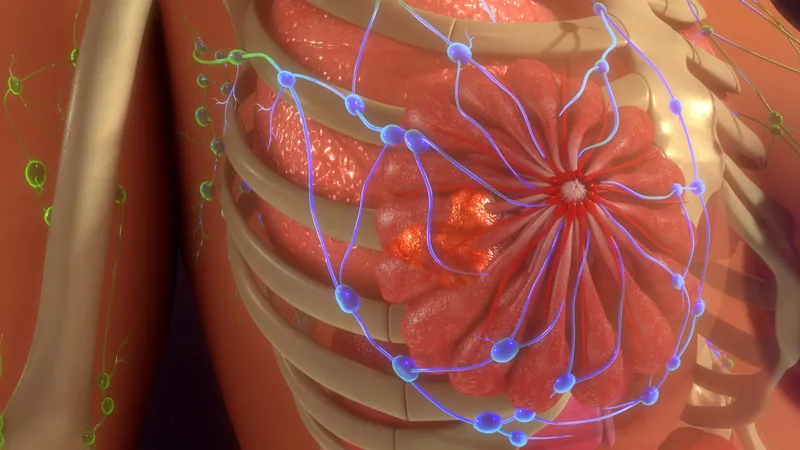
How Long Does COVID-19 Last? Experts Reveal the Timeline for Recovery and When to Seek Help!
2024-10-12
Author: Yu
COVID-19 affects individuals differently, leading to a wide range of recovery experiences. According to Dr. Christopher P. Culler, MD, a primary care pediatrician at Nemours Children’s Health in Florida, the recovery timeline is "patient dependent." While many people report feeling better in about a week, others may struggle with lingering symptoms for months after their initial infection.
COVID-19 Symptom Timeline Explained
The symptoms of COVID-19 can appear anywhere from 2 to 14 days after exposure, as outlined by the U.S. Centers for Disease Control and Prevention (CDC). Initially, many patients experience a general sense of malaise, which can evolve into a fever, runny nose, sore throat, cough, and headaches. These symptoms commonly peak between days three to five.
Here’s a Quick Overview of Common COVID-19 Symptoms:
Fever or chills, Cough, Shortness of breath or difficulty breathing, Sore throat, Congestion or runny nose, New loss of taste or smell, Fatigue, Muscle or body aches, Headache, Nausea or vomiting, Diarrhea
Contagiousness: What You Need to Know
Many individuals wonder how long they remain contagious after testing positive for COVID-19. Dr. Francesca Torriani, MD, an infectious disease specialist at UC San Diego Health, indicates that people can continue shedding the virus long after their symptoms have resolved. "You are most contagious during the peak of infection, typically between days three to five," she explains.
Vaccination status significantly influences how long someone remains contagious. Reports suggest that updated vaccines greatly reduce disease severity and the duration of contagiousness. Generally, most people are less infectious about 7 to 10 days post-infection, with a caveat for vulnerable populations, including older adults and those with weakened immune systems who may shed the virus for longer periods.
The Recovery Duration of COVID-19
Recovery duration can differ widely based on the severity of the COVID-19 infection. For mild cases, recovery generally occurs within two weeks, with most patients starting to feel better after five to seven days. However, for some, symptoms can persist for several weeks or even months, leading to what is colloquially known as "long COVID."
A recent CDC survey reported that 6.9% of adults in the U.S. experienced symptoms associated with long COVID in 2022. These symptoms can include extreme fatigue, shortness of breath, dizziness, heart palpitations, muscle aches, and a troubling condition often referred to as “brain fog.”
When to Seek Medical Attention
If you are experiencing high fever, persistent shortness of breath, or your COVID-19 symptoms worsen instead of improving, it’s crucial to reach out to your healthcare provider immediately. Early intervention is vital to manage symptoms effectively and prevent complications.
As variants like XEC continue to spread globally, staying informed about the evolving nature of COVID-19 and its variants is paramount. Remember, your health comes first, so don’t hesitate to consult a medical professional if you have concerns.
Stay safe, stay informed, and take care of your health!





 Brasil (PT)
Brasil (PT)
 Canada (EN)
Canada (EN)
 Chile (ES)
Chile (ES)
 España (ES)
España (ES)
 France (FR)
France (FR)
 Hong Kong (EN)
Hong Kong (EN)
 Italia (IT)
Italia (IT)
 日本 (JA)
日本 (JA)
 Magyarország (HU)
Magyarország (HU)
 Norge (NO)
Norge (NO)
 Polska (PL)
Polska (PL)
 Schweiz (DE)
Schweiz (DE)
 Singapore (EN)
Singapore (EN)
 Sverige (SV)
Sverige (SV)
 Suomi (FI)
Suomi (FI)
 Türkiye (TR)
Türkiye (TR)